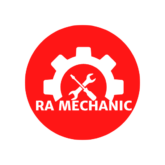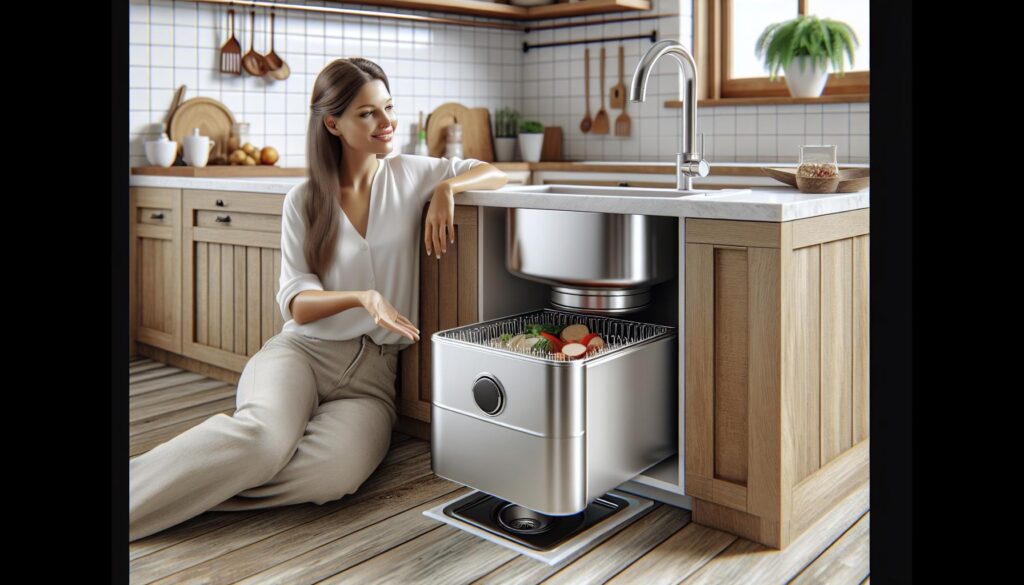 Welding is an essential process in various industries, from construction to automotive repair, shipbuilding to art installations. Selecting the right welding machine is crucial for achieving precise and efficient results. Understanding the different types of welders available in the market can help you make informed decisions for your projects, ensuring quality and reliability.
Welding is an essential process in various industries, from construction to automotive repair, shipbuilding to art installations. Selecting the right welding machine is crucial for achieving precise and efficient results. Understanding the different types of welders available in the market can help you make informed decisions for your projects, ensuring quality and reliability.
The Importance of Choosing the Right Welding Machine
Before diving into the types of welders, it’s essential to understand why the choice of equipment matters. Welding machines are designed to fuse metals by creating a strong bond, and the type of machine you use affects the strength, appearance, and durability of the weld. Choosing the wrong equipment can lead to inefficiencies, subpar results, and even safety hazards.
Understanding Types of Welders
When selecting welding equipment, it’s important to recognize the different types of welders and their applications. Each type has unique features, advantages, and limitations that make it suitable for specific tasks.
Stick Welders (Shielded Metal Arc Welding or SMAW)
Stick welding is one of the oldest and most versatile welding methods. Stick welders use a consumable electrode coated in flux to lay the weld. The heat generated by the electric current melts the electrode and the metal, creating a bond.
Stick welders are ideal for outdoor use, as they can tolerate wind and rain. They are commonly used in construction, pipeline welding, and repair jobs. However, they may not provide the cleanest welds, requiring additional grinding or cleaning.
MIG Welders (Metal Inert Gas Welding or GMAW)
MIG welders are popular for their ease of use and efficiency. This type of welder uses a continuous wire electrode fed through a welding gun, along with a shielding gas to protect the weld from contamination.
MIG welders are perfect for beginners and professionals alike, as they produce clean and precise welds with minimal spatter. They are widely used in automotive repair, fabrication, and manufacturing. However, they are not ideal for outdoor use due to sensitivity to wind and rain.
TIG Welders (Tungsten Inert Gas Welding or GTAW)
TIG welders are known for their precision and control. This welding method uses a non-consumable tungsten electrode and requires a filler material for most applications. Shielding gas, typically argon, protects the weld from oxidation.
TIG welding is preferred for projects requiring high precision, such as aerospace applications, artwork, and thin metal welding. While it produces excellent results, TIG welding demands a high level of skill and is typically slower than other methods.
Flux-Cored Arc Welders (FCAW)
Flux-cored arc welding is similar to MIG welding but uses a special tubular wire filled with flux. This eliminates the need for a shielding gas, making it suitable for outdoor and windy conditions.
Flux-cored welders are highly efficient for heavy-duty applications, such as construction and shipbuilding. They provide strong and durable welds but may produce more spatter and require cleanup.
Spot Welders
Spot welding is a resistance welding technique used to join overlapping sheets of metal. Spot welders use electrodes to clamp the sheets together and pass an electric current through the joint to generate heat and fuse the metals.

This method is commonly used in the automotive and electronics industries. Spot welders are efficient for high-volume production but are limited to specific applications involving thin materials.
Multi-Process Welders
Multi-process welders combine several welding methods in one machine, offering versatility for various projects. These machines can switch between MIG, TIG, and stick welding, making them suitable for professionals handling diverse tasks.
While multi-process welders provide flexibility, they may come with a higher price tag and may not excel in specialized tasks compared to dedicated machines.
Factors to Consider When Choosing a Welder
Understanding the types of welders is only the first step. Selecting the right machine also involves considering several factors to ensure it meets your specific needs.
Material Type and Thickness
Different welders are suited for different materials and thicknesses. For instance, TIG welding is ideal for thin metals like aluminum and stainless steel, while stick welding is better for thicker materials such as steel and iron.
Power Source
Welding machines come with various power options, including AC, DC, or both. AC is typically used for aluminum welding, while DC is preferred for steel. Additionally, consider the power input available in your workspace, such as 110V or 220V outlets.
Portability
Portability is an important consideration, especially for fieldwork or remote jobs. Smaller, lightweight machines are easier to transport, while larger units may offer higher performance but are more challenging to move.
Skill Level
Your experience and skill level also influence the choice of welding machine. MIG welders are beginner-friendly, while TIG welders require advanced skills. Stick welders fall somewhere in between, offering simplicity with some learning curve.
Budget
Budget constraints often play a significant role in the decision-making process. While high-end machines offer better performance and durability, there are affordable options that cater to basic welding needs.
Maintenance and Care for Welding Machines
Investing in a welding machine is only the beginning. Proper maintenance ensures the longevity and efficiency of your equipment. Regularly inspect cables, connections, and consumables for wear and tear. Clean the machine after use and store it in a dry, safe environment to prevent damage.
Enhancing Efficiency with the Right Welder
Using the right type of welder can significantly enhance productivity and efficiency in your projects. For example, MIG welders allow quick and consistent welds, making them ideal for high-volume tasks. Similarly, multi-process welders eliminate the need for multiple machines, saving time and space.
Safety Considerations in Welding
Safety is paramount in welding. Always wear appropriate protective gear, including a welding helmet, gloves, and flame-resistant clothing.

Ensure proper ventilation in the workspace to avoid exposure to harmful fumes. Understanding the capabilities and limitations of the types of welders you use can also help prevent accidents.
Future Trends in Welding Technology
The welding industry continues to evolve with advancements in technology. Innovations such as automated and robotic welding systems are becoming increasingly popular, offering precision and efficiency. Additionally, eco-friendly welding methods and equipment are gaining traction, emphasizing sustainability in the field.
Conclusion
Exploring the types of welders available in the market helps you make informed decisions for your welding projects. Each type, from stick welders to TIG welders, has its strengths and limitations. By understanding your project requirements and considering factors like material type, power source, and budget, you can select the right welding machine for precise and efficient results.
Investing in the appropriate equipment not only ensures quality welds but also enhances productivity and safety. As welding technology continues to advance, staying informed about new developments can help you stay ahead in this dynamic field. Whether you are a seasoned professional or a beginner, understanding the types of welders will always be the cornerstone of successful welding projects.




